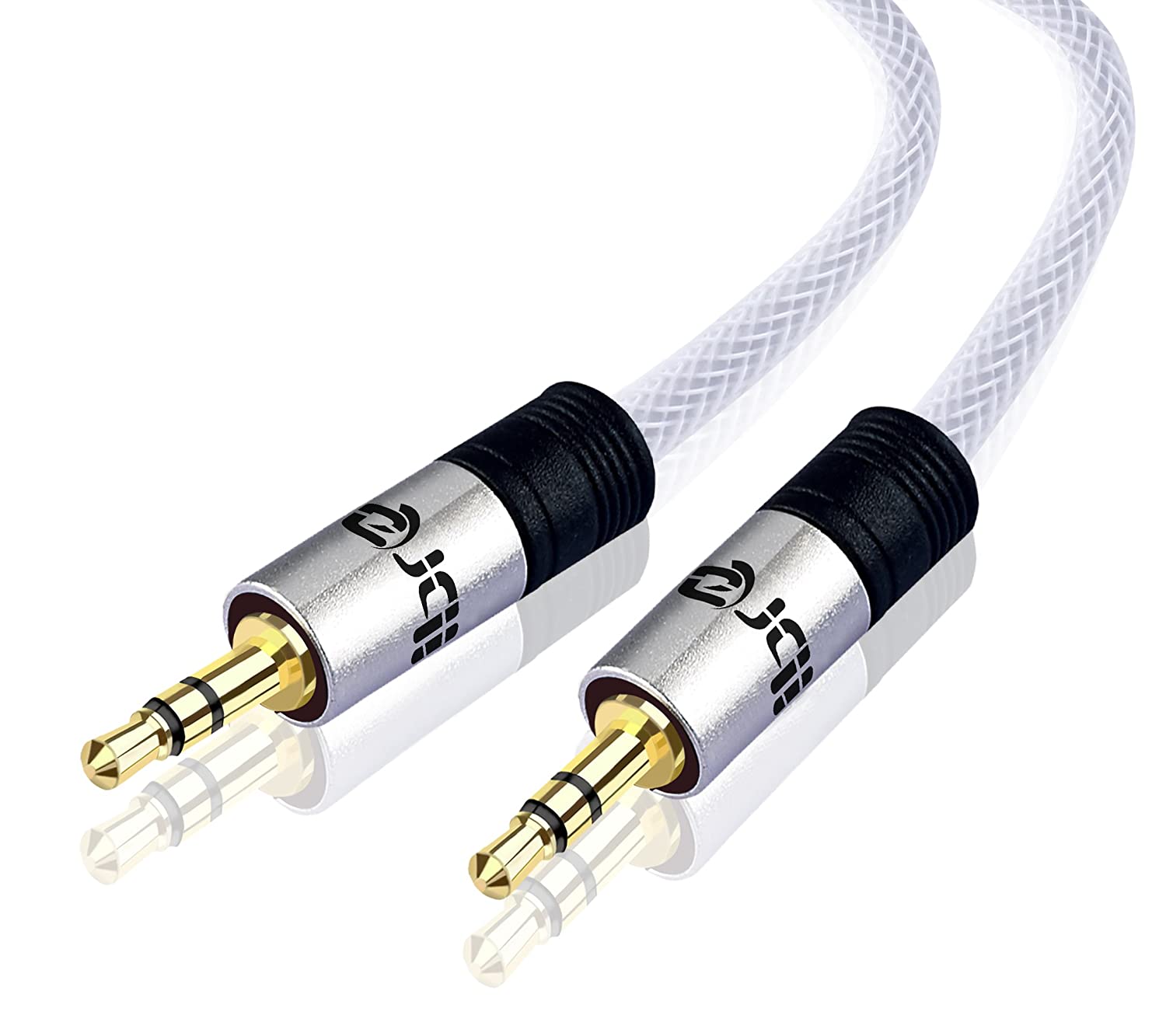Understanding The Principles Of Variations Of The Jack To Jack Cables

Many would think that the AUX cable and the jack-to-jack cable are the same things with the same structure. But trust us when we tell you this that the truth is far away from just the structural composition of the cables. When it comes to principles of the usage of the cables and the application of them, the cables have different utilities.
Though jack cables share the same functionality with the RCA connector and the XLR connector, as all of them can be used as audio cable connectors, the award of superiority goes to them when it comes to jack cables. Why? Let’s find out.
Variation of the jack to jack cables and their basic principles:
One should know the principles of the cables to understand which would suit their purpose the most. To stop purchasing the wrong connector, you should know them too. Why would you want to waste your money on a purchase that doesn’t yield the desired result? Right?
-
Quarter-inch jack connector:
It is one of the most common Jack Connectors of them all. The length of this particular cable is 1/4th inch. It is the variation of the cable that is mostly used on electric guitars and guitar amps. The plug connected to the cable itself is a 1/4-inch or 6.3mm jack.
This is connected with a single hoop. The single black hoop is called the insulating ring. Towards the tip of the ring, there is a single channel connection or mono is available. The ¼inch cable is available as an instrument cable with shielded cabling.
It is best suited for instrument and line-level connection, along with speaker cable with unshielded cables. These speaker cables are connected to the speaker and then to amps while heading to the cabinet.
-
Stereo or balanced jack connector:
Known as Stereo 1/4″ Jack or TRS Jack, or Balanced Jack or Stereo Phone-Jack, this particular jack to jack cable shares the same function and structure as that of ¼ inch jack cable.
However, the only difference between the two is that the established connection can carry two audio channels, one to the separate left and the rugby channel.
The cable’s functionality is established with the help of the Tip, Ring, Sleeve (TRS) design as the plug itself is divided into two hoops.
The tip and ring carry the right as well as left channel signals as the sleeve works as common earth. This particular thing is mainly used on audio interfaces, recording equipment, mixing and PA requirements, etc.
-
Stereo minijack connector:
The most common of them all, one can see this connector as a form of headphone. It can easily be seen as an audio connector of MP3 players having a 3.5mm plug. This also has a TRS arrangement along with two installation rings to enhance the functionality.
Conclusion:
Depending on what you desire, you can purchase the right jack-to-jack cable connector to meet the effective result you desire. Be it a mini-jack or the ¼ inch jack or the stereo jack, know what you want and execute.